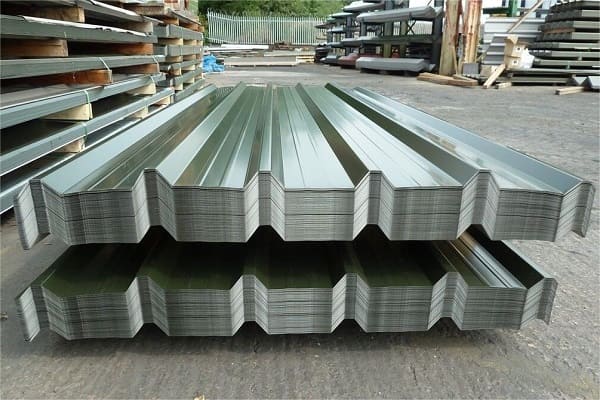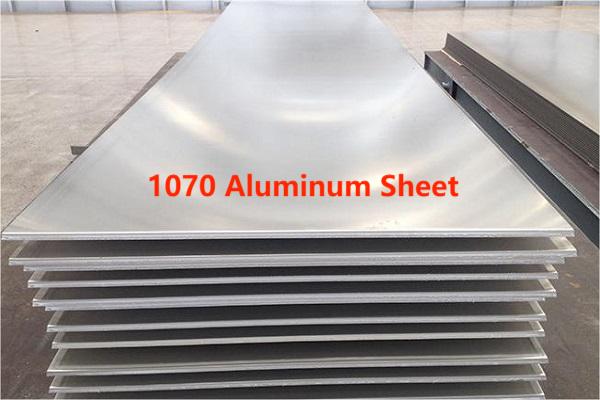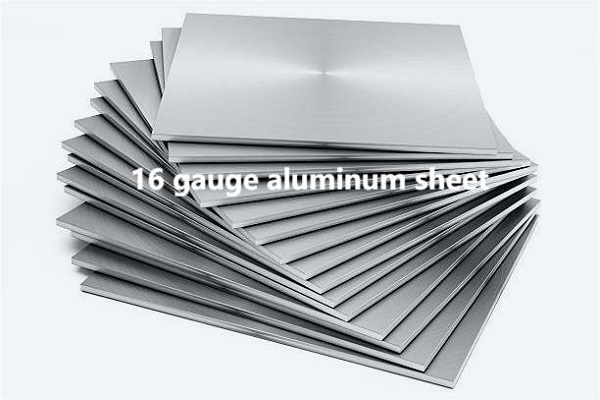A common material for making ships is aluminum alloy. In the 1000-8000 röð, some alloys are widely used in ships. Aluminum alloys are widely used in the shipbuilding industry because of their excellent properties such as light weight, tæringarþol, and high strength.
The aluminum alloys used in the shipbuilding industry are usually divided into two series: 5000 röð (Al-Mg) og 6000 röð (Al-Mg-Si). These two series of aluminum alloys have very good moisture resistance and corrosion resistance, and can be used longer in humid environments.
What are the differences between the 500 series and the 6000 series in terms of shipbuilding?
5000 series alloys (ál-magnesíum málmblöndur)
Among the 5xxx series aluminum alloys, 5083 og 5086 are the two most widely used aluminum alloys.
Ál 5083 álfelgur
Samsetning: Contains magnesium (4.0-4.9%), mangan (0.4-1.0%) and trace chromium (0.05-0.25%).
Eiginleikar:
High Strength: One of the strongest non-heat-treatable alloys.
Excellent Corrosion Resistance: Particularly resistant to seawater and industrial chemicals.
Good Weldability: Suitable for welding, a popular choice for ship hulls and superstructures.
Moderate Machinability: Can be machined to a satisfactory surface.
Ál 5086 Álblöndu
Samsetning: Contains magnesium (3.5-4.5%), mangan (0.2-0.7%), and iron (≤ 0.5%).
Eiginleikar:
High Strength: Slightly lower in strength than 5083, but still very strong.
Excellent Corrosion Resistance: Particularly suitable for seawater and harsh environments.
Good Weldability: Commonly used for ship hulls and other structures in marine environments.
Good Formability: Can be easily formed into complex shapes.
6000 Series Alloys (Aluminum-Magnesium-Silicon)
Ál 6061 Álblöndu
Samsetning: Contains magnesium (0.8-1.2%), sílikon (0.4-0.8%), and small amounts of copper (0.15-0.4%) og króm (0.04-0.35%).
Eiginleikar:
Medium-high strength: Good strength after heat treatment.
Góð tæringarþol: Suitable for marine environments.
Frábær suðuhæfni: Can be welded by all methods.
Góð vélhæfni: Commonly used in marine fittings, small boats and masts.
Góð mótun: Can be easily formed into various shapes.
Ál 6082 Álblöndu
Samsetning: Contains magnesium (0.6-1.2%), sílikon (0.7-1.3%) and manganese (0.4-1.0%).
Eiginleikar:
Hár styrkur: Higher strength than 6061, suitable for more demanding applications.
Góð tæringarþol: Ideal for marine and structural applications.
Góð suðuhæfni: Suitable for welding and can be heat treated.
Góð vélhæfni: Commonly used in shipbuilding structural applications and decks.
Comparison and Applications of 5-Series and 6-Series Aluminum Alloys
5000 Series vs. 6000 Röð
| Atriði | 5000 röð | 6000 röð |
| Styrkur | 5000 Series alloys generally have higher strength in the non-heat-treatable condition compared to 6000 Röð. | |
| Tæringarþol | Both series have excellent corrosion resistance, en 5000 Series generally outperforms in marine environments due to the higher magnesium content. | |
| Suðuhæfni | Both series are highly weldable, en 5000 Series alloys may be better suited for large structural components due to their better performance and the absence of post-weld heat treatment. | |
| Vinnanleiki | 6000 Series alloys generally have better machinability, making them suitable for fine fittings and components. | |
Applications in Shipbuilding
5083 og 5086: Widely used in hulls, yfirbyggingar, and other large structural components due to their strength and corrosion resistance.
6061 og 6082: Used in various parts of ships, such as fittings, masts, ladders, and frames. They are easy to machine and have good overall properties, making them suitable for smaller parts and structural elements.
The 5000 series alloys, especially 5083 og 5086, are favored for their high strength and corrosion resistance, making them ideal for hulls and large structural parts. The 6000 series alloys, þar á meðal 6061 og 6082, are favored for their excellent machinability, suðuhæfni, and suitability for smaller parts and fittings.









Skildu eftir svar